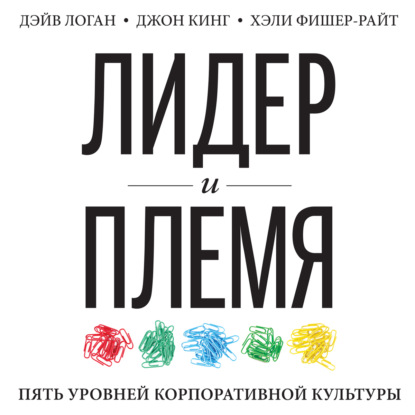Excerpt from The Canadian Practitioner: Formerly "the Canadian Journal of Medical Science"; January, 1887
As will be seen from my article in the December number of the Canadian Practitioner, I strongly advocate tracheotomy in diphtheritic laryngitis under certain well determined conditions; these views were expressed at our society to meet some objections raised against the operation, which I believe to be groundless and ill-advised, but not to place tracheotomy in preference to another method of relieving laryngeal stenosis which has been adopted during the last few months with a reported success, and a promise of future usefulness, viz., Intubation of the Larynx.
To O'Dwyer is due the credit of resuscitating this deceased offspring of the impetuous Bou-chut, of Paris. Born in 1858, its early infancy was vigorous, but it died prematurely - strangled to death by a tumultuous opposition; so that its resurrection has scarcely been dreamed of as possible, even in the great day; but it has risen again out of its own ashes, with apparently increased vigor. Intubation, as advised by Dr. O'Dwyer, commended itself to my judgment when first brought to my notice some months ago, and I resolved to give it trial.
My object in this communication is to report my first experience - and, so far as I know, the first case in Canada - that we may gather up facts and data as rapidly as possible which,
with others that may hereafter be accumulated, may enable us to draw impartial conclusions as to the part this new procedure is to play in the hands of the profession, in relieving the urgent symptom of diphtheritic croup - dyspn?a - and to determine how much of the work it will do that has been hitherto accomplished by tracheotomy.
Ada E -, aged 5 years and three months, was brought to Dr. Wagner on Sunday, Dec. 12th, with sore throat.
Diphtheritic patches not large but characteristic on both tonsils. Pulse somewhat increased in frequency and temperature slightly elevated, but child was bright and did not look very ill.
13th. Dr. Wagner visited and found the child about the same.
14th. Apparently better in all symptoms and membranous patches smaller than before - promise of a speedy recovery - but in the evening began to breathe heavily, and in the night became very croupy and had severe spasms of dyspn?a. Parents thought she would choke. Gave her an emetic and goose oil with relief to the spasms.
15th. In the morning she was better of the croupy symptoms, but hoarse, and continued to breathe heavily, but was bright and played about the room.
Towards evening she grew worse, respirations labored, croupy and stridulous. Expirations, prolonged and labored. Eyes rolled up frequently as if in distress.
About the Publisher
Forgotten Books publishes hundreds of thousands of rare and classic books. Find more at www.forgottenbooks.com
This book is a reproduction of an important historical work. Forgotten Books uses state-of-the-art technology to digitally reconstruct the work, preserving the original format whilst repairing imperfections present in the aged copy. In rare cases, an imperfection in the original, such as a blemish or missing page, may be replicated in our edition. We do, however, repair the vast majority of imperfections successfully; any imperfections that remain are intentionally left to preserve the state of such historical works. Это и многое другое вы найдете в книге The Canadian Practitioner















